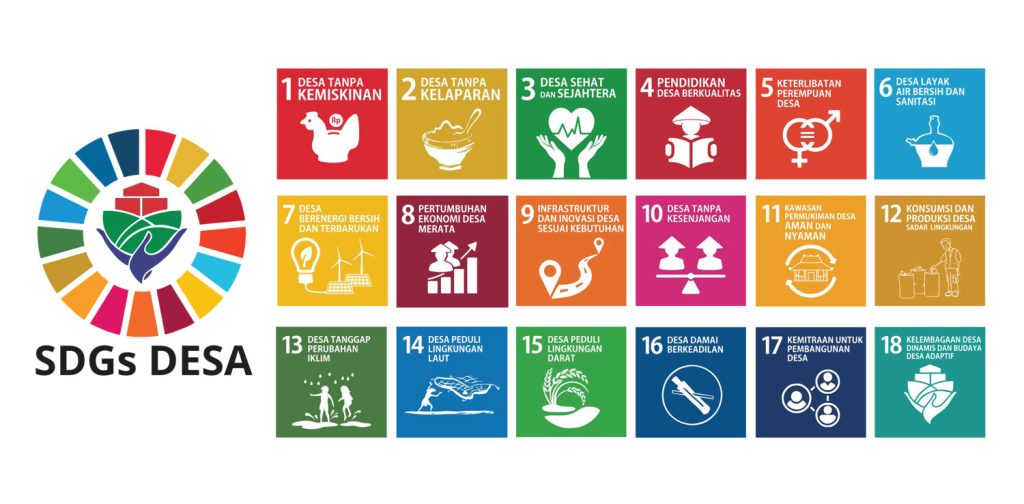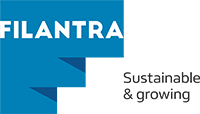“The Sustainable Development Goals (SDGs) are an ambitious agenda designed to create a better world for everyone. With 17 key goals, the SDGs aim to address global challenges such as poverty, inequality, and climate change. But what is the history behind the formation of the SDGs? What are the initial programs that support their implementation? And what is the role of countries around the world in realizing these goals? This article will discuss all of this in depth.”
History of the Formation of the SDGs
Sustainable Development Goals (SDGs) orSustainable Development Goals (SDGs) is a sustainable development plan that has been agreed upon by several countries as a commitment to addressing various challenges faced by the world community, to build prosperity in several aspects such as social, economic, and environmental development. SDGs have a long history, starting from global initiatives to sustainable development. Like its long history, starting from the 1992 Earth Summit, Agenda 21,Millenium Development Goals (MDGs), and now the transition toSustainable Development Goals SDGs (2015).
The SDGs were formed from long roots that began at the Earth Summit (KTT) in Rio de Janeiro, Brazil, in 1992. The conference, which was organized by the United Nations (UN), was attended by 179 countries including Indonesia. The Earth Summit produced several agendas and discussions such as the Rio Declaration, Agenda 21,Forest Principles, climate change, and discussion of biodiversity. Such as the pillars related to sustainable development in Agenda 21: Environmental sustainability, social justice, and economic balance. This agenda emphasizes the importance of global partnerships to improve the quality of human life while protecting the environment.
However, until the end of the 20th century, peace and prosperity had not yet been fully resolved.,so that in September 2000, the UN held a follow-up meeting to discuss the agendaMillennium Development Goals (MDGs) which is a follow-up discussion of global development resulting from an agreement between several countries held in New York City, United States. This meeting was attended by 189 representatives from various countries. This conference resulted in an agreement to formulate new development goals that are more inclusive and comprehensive. There are eight main goals formulated during the discussion of MDGs which focus on overcoming poverty, health, education, and gender equality. And finally in 2015, MDGs managed to achieve some significant progress, such as decreasing the global poverty rate by almost half. From several MDGs agendas, Indonesia is considered successful in implementing the planned programs even though it has not achieved all the indicator targets, because Indonesia itself has succeeded in meeting 47 points out of a total of 67 MDGs indicators 2000-2015 (Data: Bapennas 2016). However, the scope of MDGs is considered too narrow because it does not pay enough attention to environmental issues and social inequality.
Because some issues are considered not to cover the entire agenda to achieve global community welfare. In 2013, the UN General Assembly finally formed an open working group to develop SDGs proposals with a focus on post-2015 sustainable development. On September 25, 2015, the UN Headquarters officially ratified together with approximately 193 country representatives to continue global sustainable development orSustainable Development Goals (SDGs). The conference produced a document entitledTransforming our World: the 2030 Agenda for Sustainable Development. Contains 17 main objectives and 169 targets.
As a new vehicle for sustainable development,Sustainable Development Goals (SDGs). designed more comprehensively for the prosperous world agenda in 2030, emphasizing human rights, economic development, inclusiveness, clean and prosperous environment, and many roles of stakeholder involvement. With 5 basic principles that balance the economic, social, environmental dimensions, namely 1.People (human), 2. Planet (earth), 3.Prosperity (prosperity), 4. Peace (peace), and 5.Partnership (cooperation). These five principles will always underlie the 17 main goals and 169 targets of the SDGs which are inseparable and will continue to underlie the success in creating a prosperous global society.
“SDGs are a collective global effort to create a better future for everyone on the planet. With a long history dating back to the 1992 Earth Summit to the adoption of the 2030 Agenda, these goals reflect a global commitment to sustainable development. Through a strong initial program and active engagement from countries, achieving the SDGs is possible if we all work together to make them happen.”
17 Main Goals of SDGs

Image: Illustration 17 Village SDGs (Source: greennetwork)
SDGs are not just a global agenda, but a shared responsibility. Every individual, community, and organization has an important role in realizing a more just, equitable, and prosperous world. Through programs such as Pertamina Sehati, Filantra and Pertamina are taking the initiative to strive for a more integrated health sector, that collaboration between the public and private sectors can play an important role in achieving sustainable development goals. This joint effort reflects a commitment to ensuring healthy lives and promoting well-being for all.
Filantra invites communities or organizations to collaborate in creating strategic CSR programs that are in line with SDGs goals. Consult your business needs now and start your journey towards sustainability with Filantra through:info@filantra.orgor 0815-6002-276

